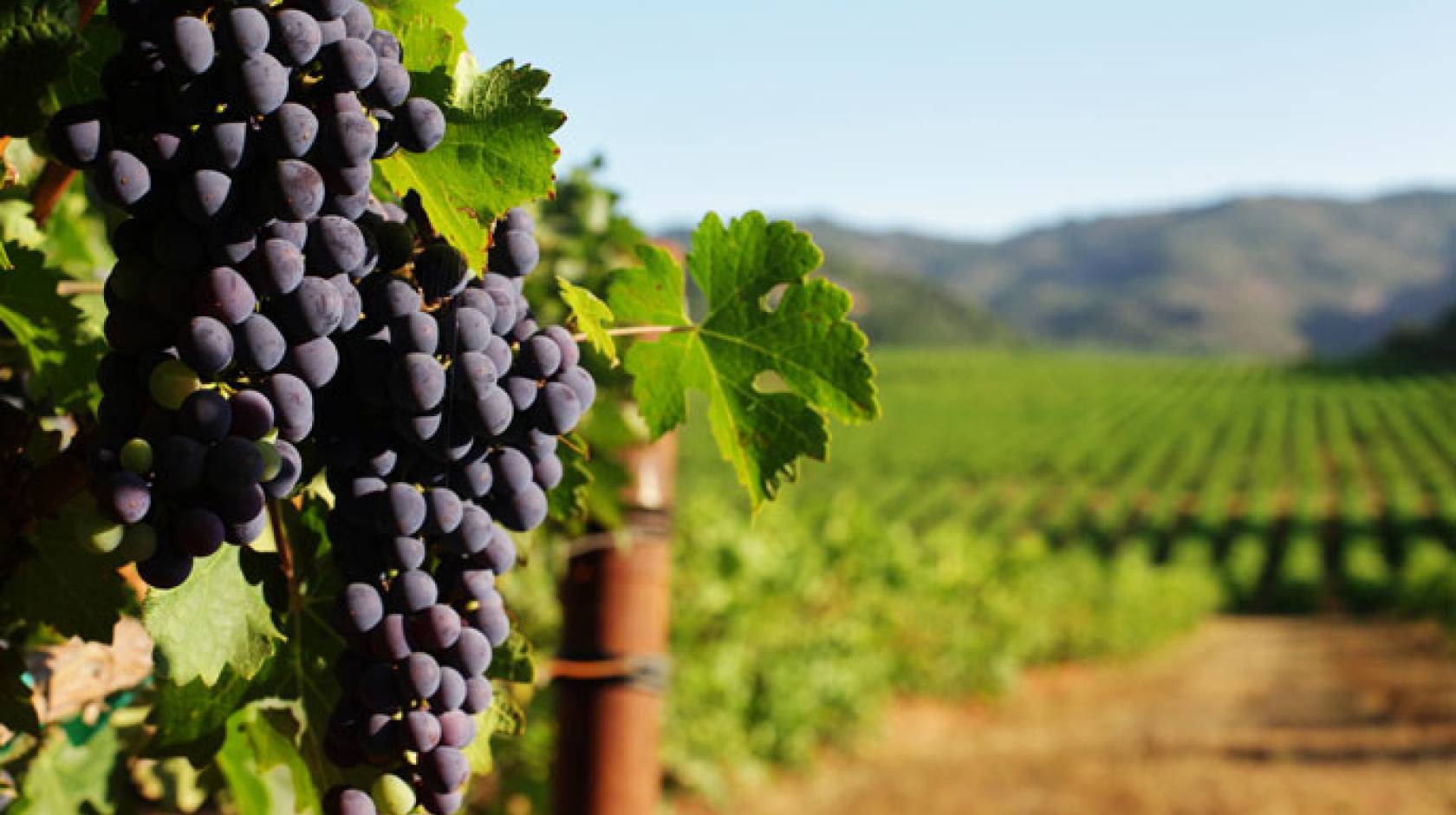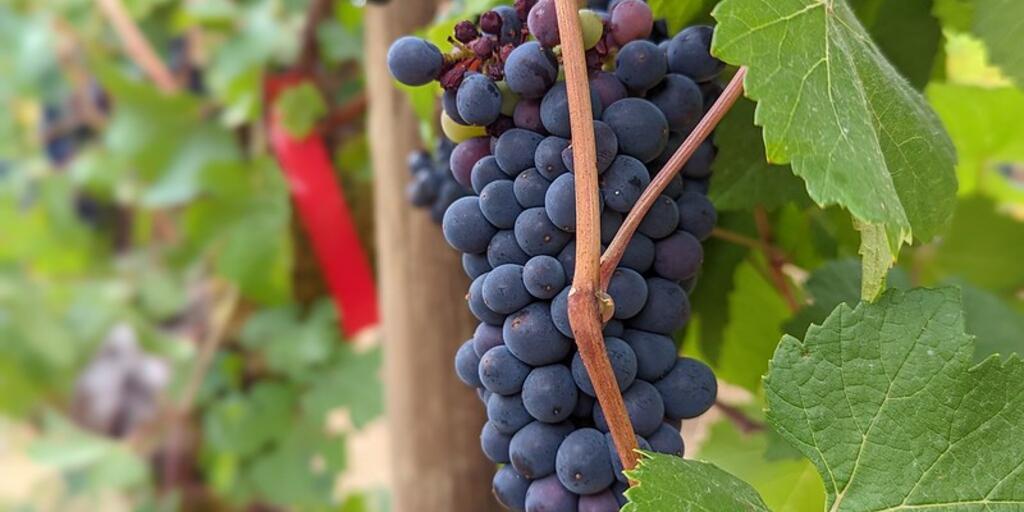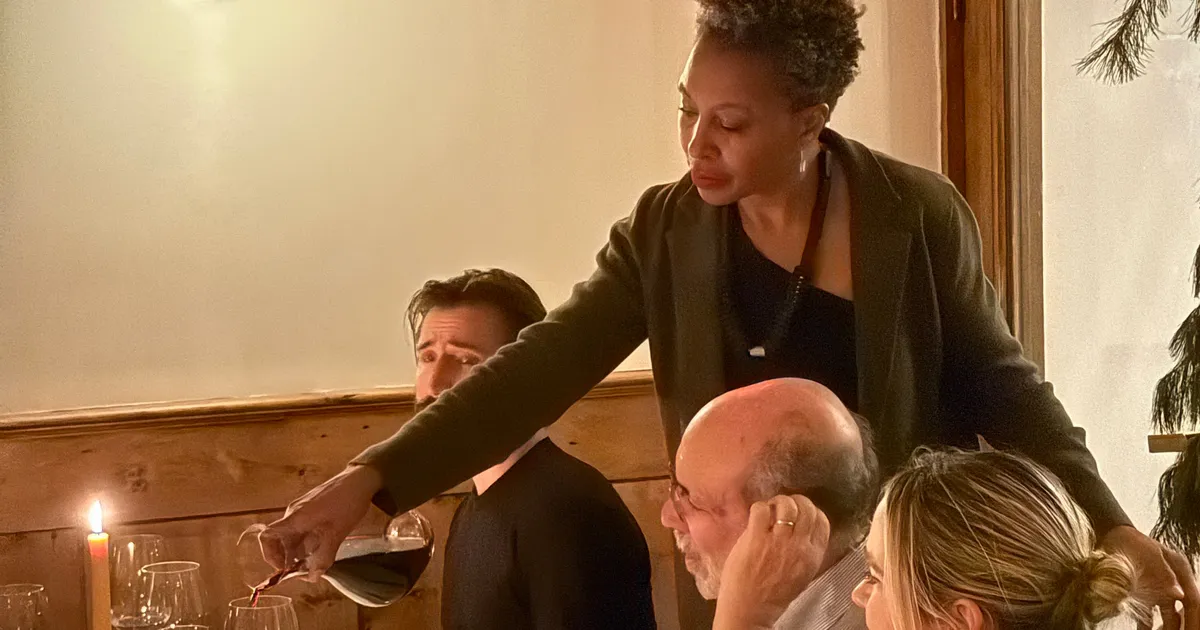A recent study published in Food Research International has revealed that certain groups of consumers are open to drinking smoke-impacted wines. Researchers from Oregon State University and New Zealand found that individuals who enjoy smoky flavors in food and beverages are more likely to accept wines affected by wildfire smoke.
The study also highlighted that labeling plays a crucial role in shaping consumer perception, offering potential marketing opportunities for winemakers facing wildfire-related challenges. According to Elizabeth Tomasino, a professor of enology at Oregon State, this research provides valuable insights into a previously overlooked market segment.
Growing Wildfire Threats to the Wine Industry
With wildfires increasing in frequency and intensity worldwide, the wine industry has suffered significant economic losses. The 2020 wildfires on the U.S. West Coast alone led to an estimated $3.7 billion in industry losses. To address these challenges, Oregon State researchers have been studying the effects of smoke exposure on wine.
Their work has led to key discoveries, including identifying compounds responsible for smoke taint and developing protective coatings for grapes. These advancements could help winemakers mitigate the negative impact of wildfire smoke and explore new ways to market their products.

To understand consumer attitudes toward smoke-impacted wines, researchers conducted a study involving 197 participants in New Zealand, a country with minimal wildfire-related wine issues. They provided both smoke-impacted and non-smoke wines made from Oregon pinot noir grapes and analyzed consumer responses.
The experimental setup included red lighting to eliminate potential biases caused by color differences. Future studies will compare these findings with consumer reactions in Oregon and Ohio to determine how different regions perceive smoke-affected wines.
Key Findings and Consumer Preferences
The study identified two distinct consumer groups: one that liked smoke-impacted wines (110 participants) and another that disliked them (87 participants). The smoke-liking group gave an average rating of 6.86 out of 9, while the disliking group rated it 3.26.
Interestingly, labeling significantly influenced perceptions, as those who initially disliked the wine improved their ratings when presented with labeled bottles, particularly those that referenced wildfires directly. However, labels had little impact on the smoke-liking group, which consistently rated the wines favorably.
The findings suggest that winemakers have viable strategies for marketing smoke-impacted wines. Techniques such as blending affected and non-affected wines, as well as targeted labeling and branding, could increase consumer acceptance.
By appealing to the smoke-liking demographic, winemakers may be able to turn a potential challenge into a market opportunity. As Tomasino noted, the study challenges the perception that smoke-tainted wines are undesirable, indicating that there is more consumer acceptance than previously assumed.


